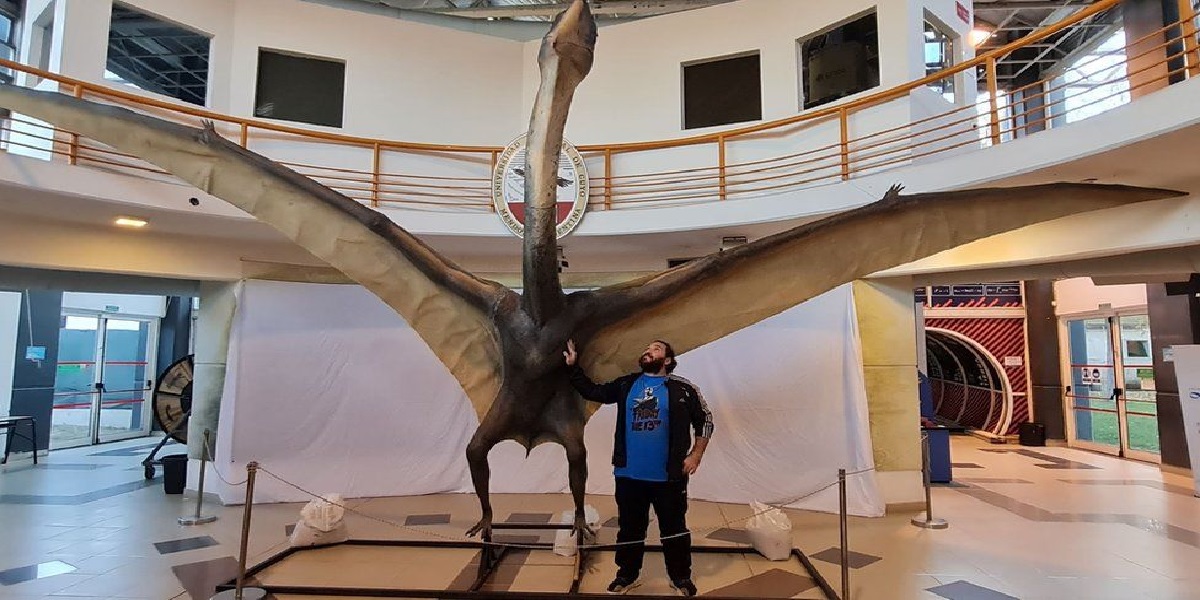Fossils of a huge flying reptile have been unearthed in Argentina
Fossilized stays from a horrifying flying reptile the size of a vehicle have been found in Argentina.
The Dragon of Death, as researchers have named the new species, chased prey from Earth’s skies a long time back.
At the point when completely expanded, its wings estimated a monstrous nine meters (30 ft) from one tip to the next.
The sheer size of the hunter paints an “unnerving vision”, the researcher behind the find told the BBC.
“This species had a level like that of a giraffe,” project pioneer Leonardo Ortiz said, with a wingspan that “resists the constraints of our natural getting it”.
Its remaining parts had been saved in rocks in the Andes mountains for 86 million years, and that implies the flying animal lived close by dinosaurs.
Prof Ortiz was one of the scientistss who initially found the reptile’s fossils during an uncovering in Argentina back in 2012.
He picked the species’ name – Thanatosdrakon amaru – on the grounds that it consolidated the Greek words for death and winged serpent.
“It appeared to be proper to name it that way,” Prof Ortiz said in a previous meeting. “It’s the mythical serpent of death.”
The reptile is accepted to be quite possibly the earliest hunter to utilize their wings to chase prey – flying through Earth’s ancient skies before the advancement of birds.
Regardless of that, Prof Ortiz let the BBC know that this tracker probably invested the vast majority of its energy in the ground.
Subtleties of the animal’s ancient way of life are sparse – yet he added that the reality a couple of distinctively measured example were found together is proof that the hunter lived in gatherings.
The fearsome reptile experienced nearly 20 million years before a space rock hit the earth in a devastating termination occasion, clearing out 3/4 of creature and vegetation and denoting the finish of the Cretaceous Period.
In 2017 fossils having a place with a considerably more established pterosaur, dating quite a while back to the Jurassic time frame, were found on the Scottish island of Skye with an expected wingspan of 2.5m (8ft).
For the latest Sci-Tech News Follow BOL News on Google News. Read more on Latest Sci-Tech News on oldsite.bolnews.com





















